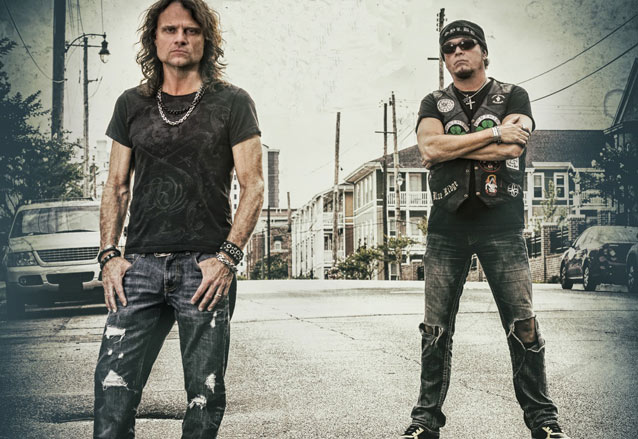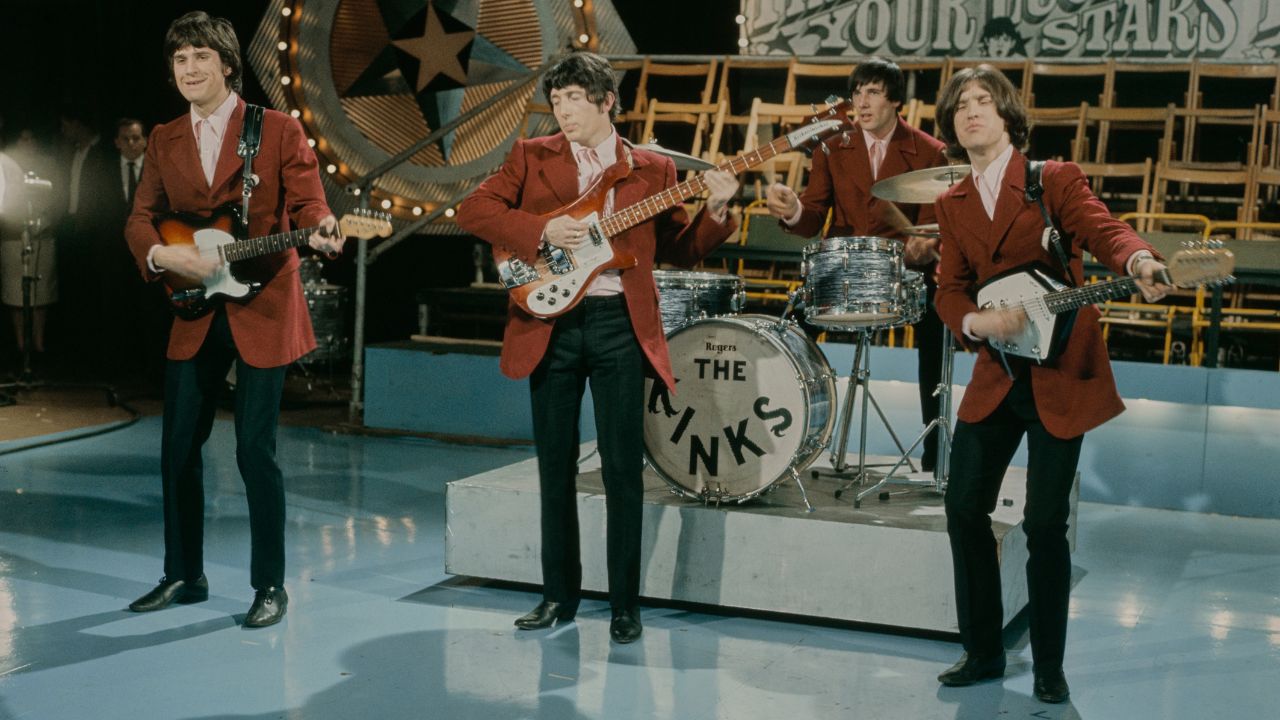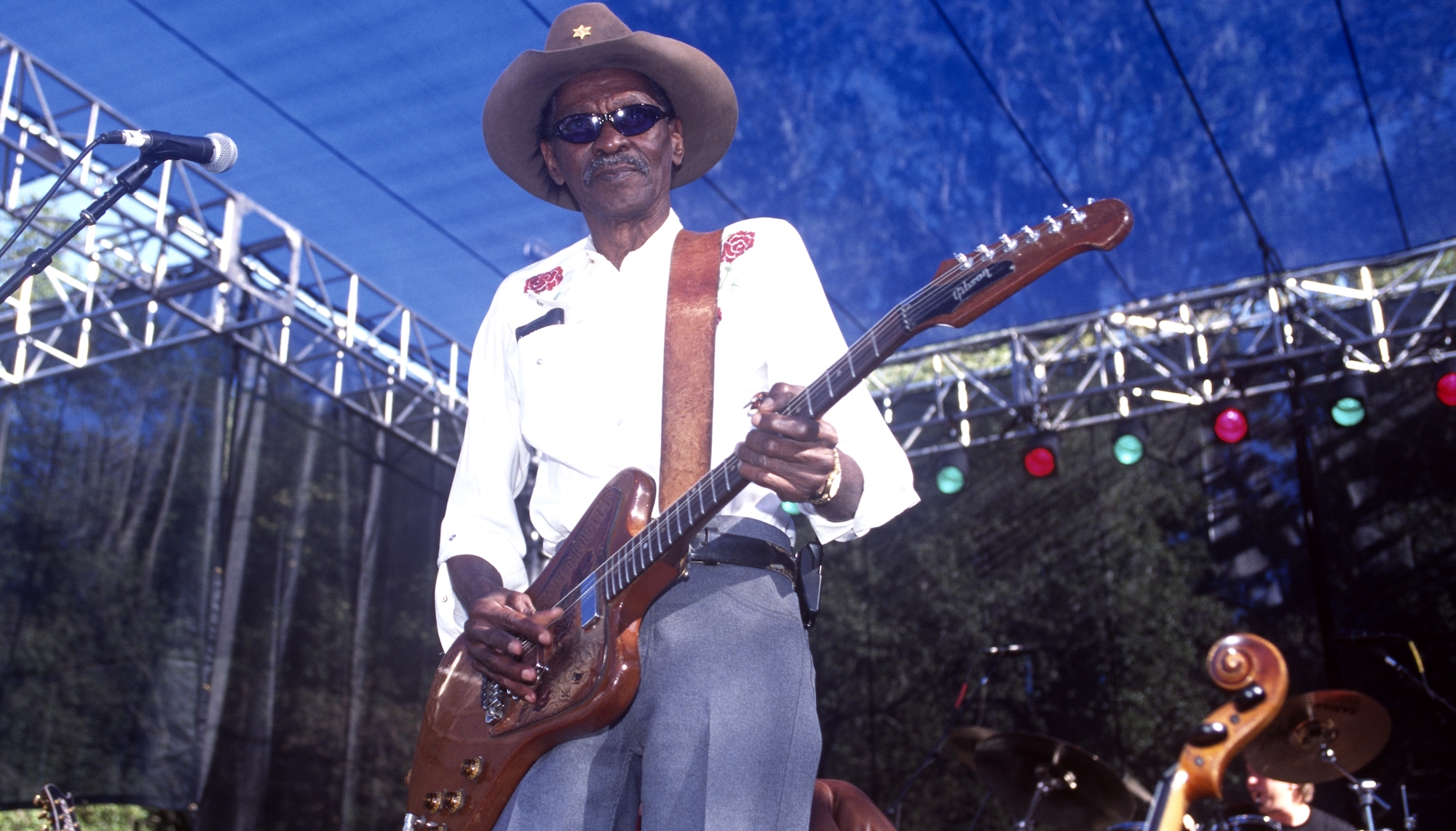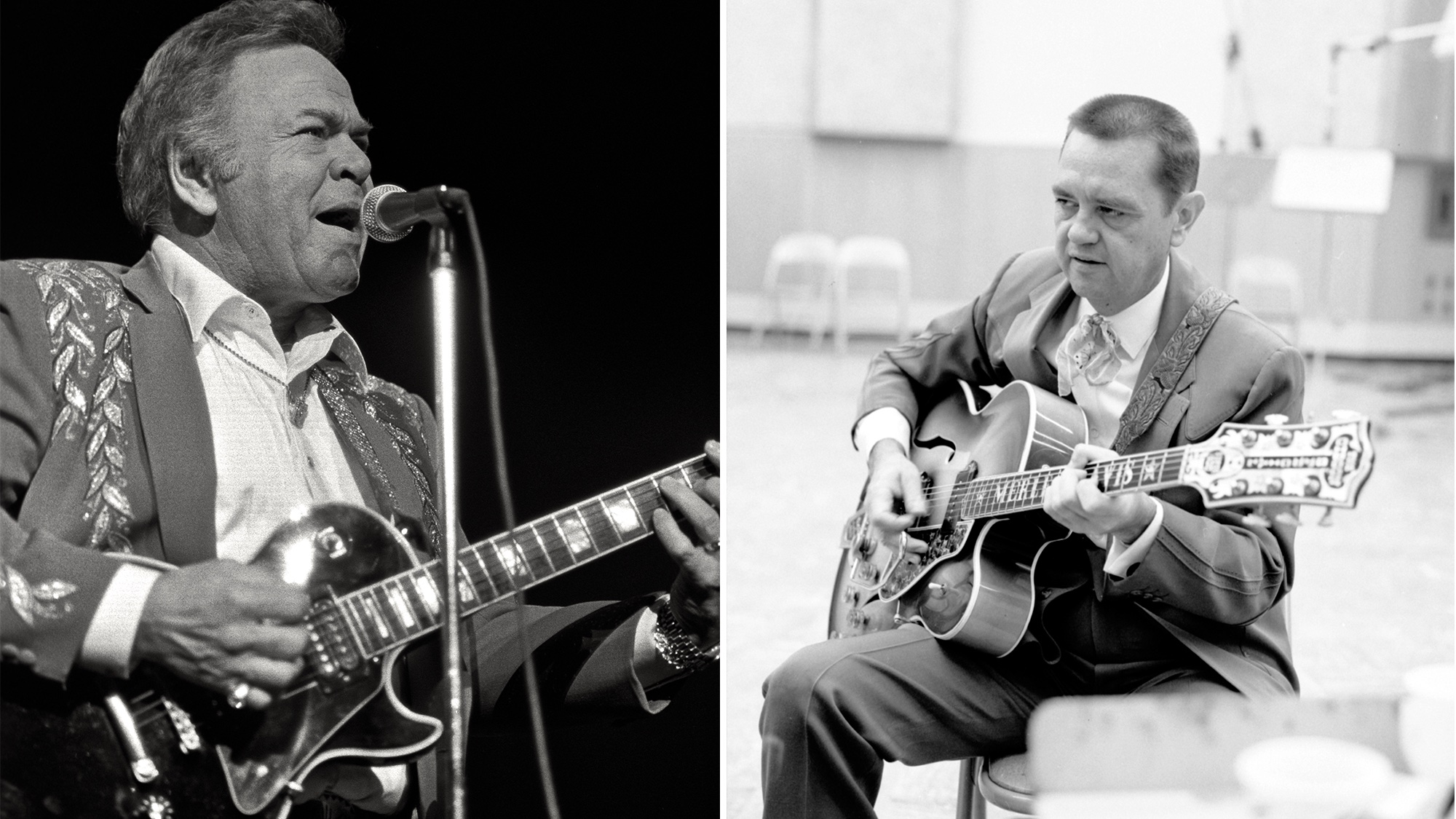John Roth Discusses Gear and the Roth Brock Project

Guitarist John Roth first met vocalist Terry Brock in 2009 while working on Giant’s Promised Land record.
The pair immediately developed a musical bond, not to mention the songwriting chemistry that would eventually lead to their infectious debut album, Roth Brock Project.
For Roth—who gigs with Winger and Starship Featuring Mickey Thomas—and Brock (Giant, LeRoux, Strangeways), the 11-song collaboration of thundering guitars and powerhouse vocals pays homage to the inspired songwriting and style of Eighties arena rock while showcasing the talents of two seasoned veterans.
I recently spoke to Roth about the Roth Brock Project, his time with Starship and Winger, gear and more in this new interview.
How did your musical relationship with Terry Brock begin?
In 2009, I did a record with Giant called Promised Land. Dann Huff was the lead guitar player of the band, but he was too busy to do the record. He knew the guitar community, and I got the call to come in and do the record. Terry was the lead singer and he and I did some co-writing for the record and really hit it off.
How would you describe the Roth Brock Project in terms of its sound?
It’s classic, arena rock and roll. It’s got an Eighties vibe but with new gear and new recording technology. I wanted to deliver a record that has the elements of Winger, Starship and Giant. It’s inspired by that kind of sound.
What’s your writing process like?
I’ve written a few songs from musical ideas, but most are inspired when I hear a melody or lyric in my head. I’ll usually hear the chorus in my head first and then write what would go behind it and then move on to the verse and bridge. For me, it really comes chorus first.
Get The Pick Newsletter
All the latest guitar news, interviews, lessons, reviews, deals and more, direct to your inbox!
Let’s discuss a few songs from the new album, starting with “Young Gun.”
That was actually the last song we wrote for the record. We had written around nine songs for the album and started thinking about we might be missing. We really wanted to showcase Terry’s vocals and my guitar on the whole record and needed another song with a lot of energy. I wanted something to be a little bit dark and edgier. It’s written about a military/spy type who’s gone bad.
How about “What’s It to Ya”?
There’s an interesting story to that. Back in 1989, I was working with Jimi Jamison from Survivor and Scott Trammell, who played drums. Scott and I co-wrote Jimi’s single “Rock Hard” off his first record. At the time, we also came up with another great track, and the chorus was “What’s It to Ya.” For some reason, we never finished it, and that chorus stuck in my head for the next 25 years. There was just something to it. So when we were working on ideas for this record, I thought the chorus would be great for it. It was going to be an Eighties-themed rock record, and this idea actually originated in the Eighties. Scott Trammell, who I developed the idea with, came back in and helped finish it. It’s got a great riff and groove and a song with the arena rock vibe.
"Young Again"
That’s a song Terry bought in. It was originally a 12-string acoustic guitar and vocal. We wanted to give it a more high-energy sound so we did a makeover on it. It’s uplifting and pokes a little fun at getting older and how everyone wants to feel that renewed sense of youth.
"We Are."
I wrote that song with Jeff Adams, who plays bass in Starship with me. We were working in my home studio and he had the idea. I wrote the lyrics about a dysfunctional relationship. It’s one of my favorite songs from the album with a big, anthemic chorus.
What’s your current setup like?
I really like the Mesa Dual Rectifier Roadster. It’s the amp I used on 95 percent of the album. For live dates I use Marshall JCM 2000 DSLs. I also play a Suhr Custom Standard-built Pro that Reb Beach turned me on to a few years ago. I put Dimarzio’s in it. They’re fantastic guitars. I also still use Strats when I play live.
You perform with both Starship Featuring Mickey Thomas and Winger. What are your favorite songs to play?
It’s hard to pick one song that does it for me. Playing “Jane” with Mickey is just a blast. It’s the second song of the night and in standard tuning. We play “Layin’ It on the Line” and then “Jane,” and he just kills it. With Winger, “Madalaine” was the first video I saw on Headbangers Ball, and it’s also fun to watch the audience response with “Seventeen."
What’s the best bit of advice you can pass along as a guitarist?
If you want to make a living playing music, you need to treat it as a full-time job. You have to be creative, talented and responsible to be on time. There are so many tools out there that have leveled the playing field, so you’ve got to be able to rise above the fray. So if you’re not writing songs or practicing, you really need to be learning to engineer on Pro Tools or working social media. If you want to better yourself at your craft, play in cover bands or teach guitar. It will make you a better player. I still have a band I play in mostly for fun. Be true to yourself and never get into it for the wrong reasons.
What excites you the most about the Roth Brock Project?
Basically, it’s about getting this music into people’s ears and making them feel good. As entertainers, part of our job is making people forget their troubles for a little bit. In a way, the Eighties rock style is a lost art form. And even though this band probably won’t be able to tour because we’re so busy with other projects, I want to keep this style of music alive.
James Wood is a writer, musician and self-proclaimed metalhead who maintains his own website, GoJimmyGo.net. His articles and interviews are written on a variety of topics with passion and humor. You can follow him on Twitter @JimEWood.
James is a guitarist and freelance writer who's interviewed some of the biggest names in music. He is the author of four books and his writing credits include work for Guitar World, AXS and Yahoo! as well as for his hometown newspaper where he writes on a variety of topics with both passion and humor. As a guitarist, he's performed everywhere from local bars and nightclubs to some of the biggest stages in front of thousands of music fans.
“Chuck Berry's not a very good guitar player. He's a clown. He runs all over the guitar, just like any one of these old rock players would do, and makes no sense”: Clarence “Gatemouth” Brown pulled no punches when speaking about his fellow guitar heroes
“I said, ‘Merle, do you remember this?’ and I played him his song Sweet Bunch of Daisies. He said, ‘I remember it. I've never heard it played that good’”: When Roy Clark met his guitar hero










